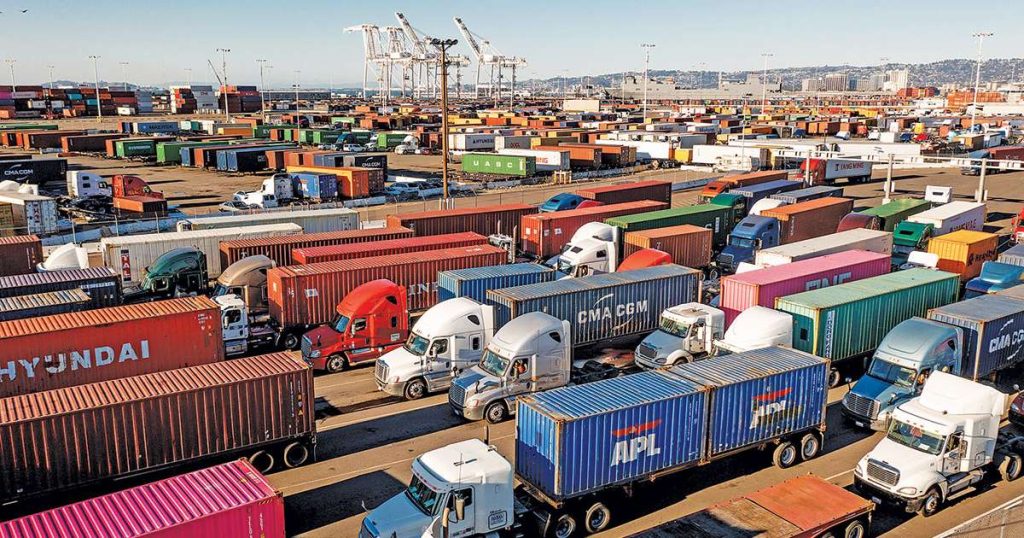Two Drayage Carriers Close Doors After 40 Years at the Port of Oakland
A Turning Point in Port Logistics
In a notable shift for the West Coast supply chain, T.G.S. Logistics and GSC Logistics, two carriers with over four decades of experience at the Port of Oakland, have recently ceased operations. This marks a significant moment for regional logistics and raises questions about the future of drayage services in the area.
Both companies attributed their closures to an increasingly challenging business environment. Founded in the mid-1980s, each had a strong presence in short-distance cargo transport, serving both import and export clients at major California ports.

A Legacy Comes to an End
-
T.G.S. Logistics, established in 1985 by Tim Schneider, halted services on July 31. In a letter to clients, Chairman Peter Schneider expressed regret over the closure, thanked clients for their loyalty, and revealed that some members of the team would continue under a new brand.
-
GSC Logistics, launched in 1988 by Scott Taylor, was among the largest drayage operators at the Oakland port. With a sprawling 7,400 m² facility and 110 dock doors, it handled a notable share of cargo traffic. Taylor, a logistics veteran, was recognized with a lifetime achievement award in 2024 by an esteemed industry body.
Port Activity Declines Alongside Carrier Closures
These closures coincide with a significant drop in port throughput. In June, the Port of Oakland saw container volumes fall by 10.1% compared to May and 12.8% year-over-year. Importantly, port officials clarified that this decline is not seasonal—it reflects broader logistical recalibrations by shippers and importers.
Meanwhile, Long Beach Port experienced similar trends, reporting a 16.4% drop in container volume over the same period. Experts have pointed to the current tariff environment—marked by its highest rates in nearly a century—as a core driver of this downward pressure on shipping throughput.
What Does This Mean for the Industry?
The shutdown of these long-established logistics providers signals a shift in the drayage landscape at a critical gateway for international trade. Key implications include:
-
Supply Chain Vulnerability: With fewer drayage partners available, shippers may face longer wait times, increased costs, or disruptions in the onward movement of goods.
-
Strained Small Operators: Smaller carriers and trucking companies may now bear additional pressure to meet demand, potentially stretching resources and capacity.
-
Recalibration of Logistics Networks: Importers and exporters may seek alternative ports or logistics arrangements to maintain continuity and mitigate risk.
-
Tariff Impacts: Elevated tariff rates continue to reshape supply chain strategies, prompting firms to adapt routes, schedules, and partnerships.
Looking Ahead
As the dust settles, market watchers anticipate renewed focus on optimizing logistics networks around the Port of Oakland. This may include:
-
Emerging Service Providers stepping in to fill gaps in drayage capacity.
-
Consolidation in the Sector, with larger firms absorbing assets or personnel.
-
Policy and Infrastructure Interventions aimed at bolstering port resilience and competitiveness.
Read more:
Dịch Vụ Vận Chuyển Hàng Sắt Thép Bằng Đường Biển Đi Canada
Chuyển phát nhanh nhãn đi Hưng Yên

